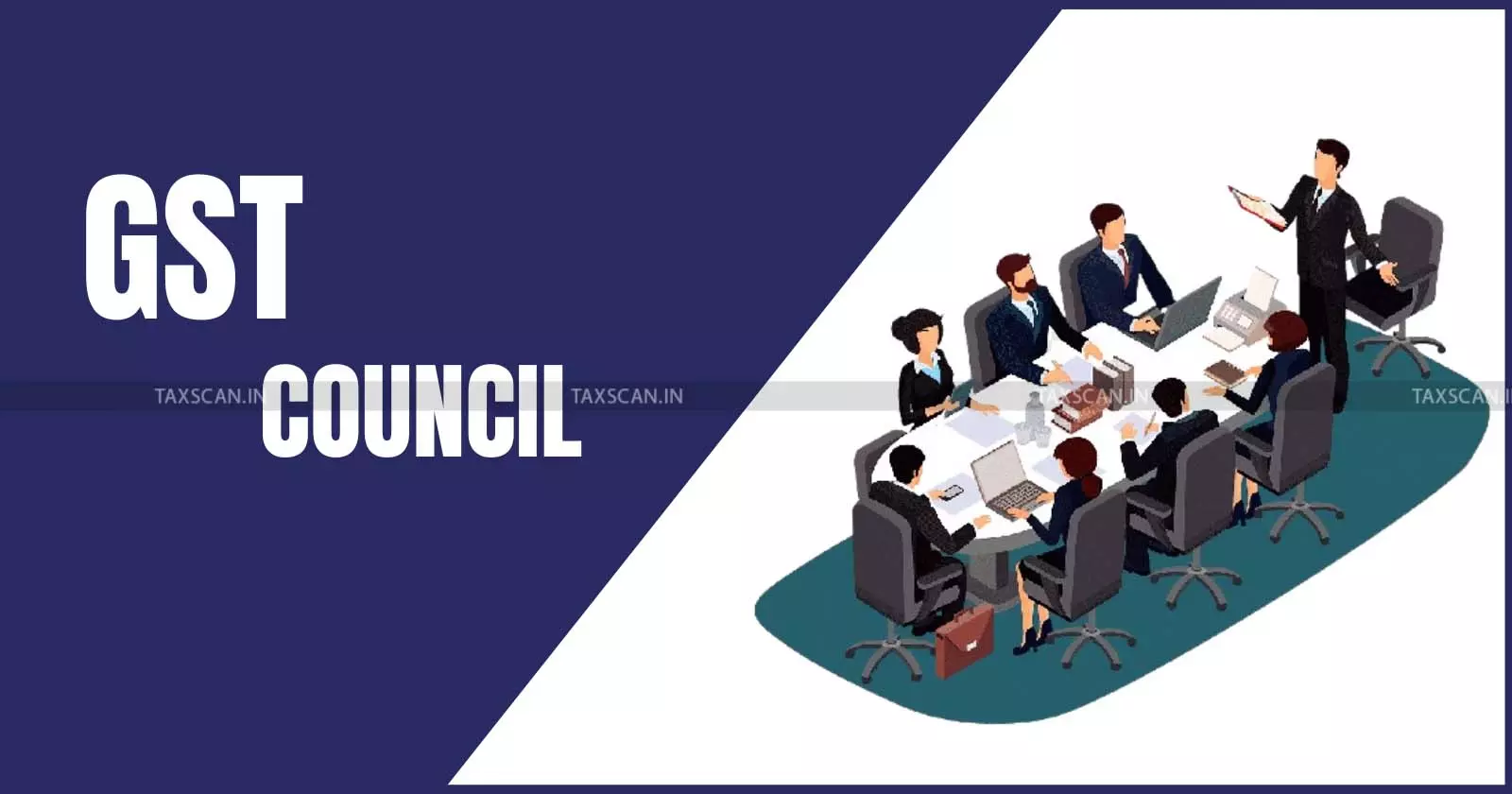GST Council’s Two-Day Marathon Meet: Key Expectations
A 40% tax rate that targets "sin goods," such ultra-luxury cars and other non-essential things, is another item that the Council is anticipated to consider discussed and implemented by the council

The Finance Minister, Finance Secretary, CBIC Chairman, and other Council members will gather again for a two-day GST Council meeting on September 3- 4, 2025, following a break since its 55th meeting in December 2024. The long-awaited meeting will address the reforms that the prime minister referred to in his Independence Day speech.
This meeting's main attraction is the revision to the GST rate structure. It may be possible to reduce the present four-tier system, which consists of tax slabs of 5%, 12%, 18%, and 28%, to focus on only two primary tax rates: 5% and 18%.
However, a 40% tax rate that targets "sin goods," such ultra-luxury cars and other non-essential things, is another item that the Council is anticipated to consider discussed and implemented by the council.
The Group of Ministers (GoM) on rate rationalization, which had been formed to review and recommend new slabs, had earlier faced challenges due to socio-economic and revenue considerations but recently approved shifting many goods from the 12% and 28% brackets to the lower 5% or 18% categories.
Understanding Common Mode of Tax Evasion with Practical Scenarios, Click Here
The future of the compensation cess, which presently compensates states for revenue losses brought on by the adoption of the GST, is another important agenda item. The Council may discuss replacing the levy with new cess structures that might be centered on sustainable energy and health programs when it expires in March 2026.
The Council is also expected to discuss sector-specific matters including GST on insurance premiums, unifying the taxation of commercial drones, and providing clarifications for new industries like digital assets and online gaming.
As the Prime Minister pledged a "Diwali gift" of new-generation GST reforms, this meeting is a first move in that direction. Millions of consumers and companies might be greatly impacted by the decisions made at the 56th GST Council meeting, which could create an indirect tax in India that is more effective.
With regards to compliance, the council is expected to simplify reconciliation between GSTR-1 (outward supplies) and GSTR-3B(summary return). In addition it is expected to revisit the threshold of the e-invoice.
Expectations by Public
According to one response, expectations from the meeting include possible rate cuts or exemptions on select items, a review of online gaming regulations, deliberation on the levy of natural gas, clarification on corporate guarantee commission, and practical decisions regarding the GST Appellate Tribunal (GSTAT).
Support our journalism by subscribing to Taxscan premium. Follow us on Telegram for quick updates



